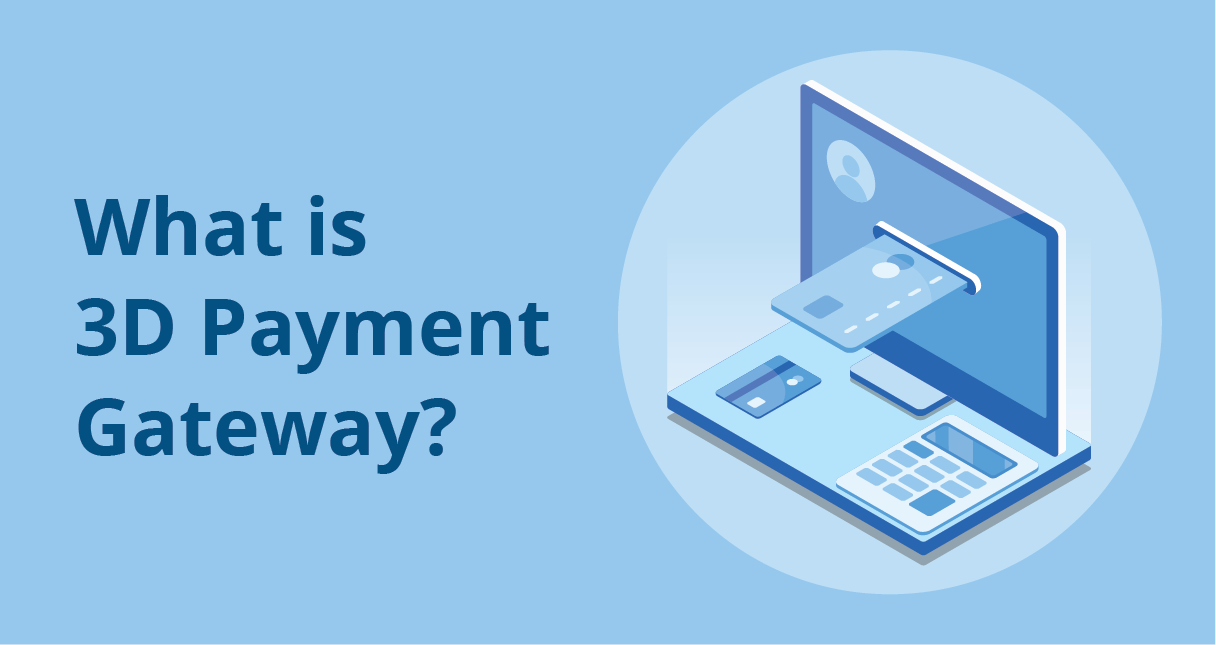What Is a 3D Payment Gateway?
A 3D payment gateway is a type of online payment processing service that allows merchants to accept credit card and electronic check payments from customers. The gateway acts as an intermediary between the merchant and the customer’s financial institution, allowing for secure, real-time transactions.
3D payment gateways are typically used by eCommerce businesses to process online payments, but they can also be used by brick-and-mortar businesses that accept credit card payments via a point-of-sale system.
How Does a 3D Payment Gateway Work?
When a customer initiates a transaction on a merchant’s website, the 3D payment gateway verifies the customer’s information and account status with the customer’s financial institution. Once the information is verified, the gateway processes the payment and deposits the funds into the merchant’s account.
The entire process happens in real-time, so the customer knows immediately if the payment was successful or not. And because the gateway acts as an intermediary between the merchant and customer, sensitive information like credit card numbers and bank account numbers are never shared.
What Are the Benefits of Using a 3D Payment Gateway?
There are many benefits of using a 3D payment gateway, including:
- Increased security: Because sensitive information is never shared between the merchant and customer, there is less risk of fraud or data breaches.
- Convenience: Customers can make purchases quickly and easily, without having to enter their credit card information each time.
- Reduced costs: 3D payment gateways typically charge lower fees than traditional merchant accounts.
- Flexibility: 3D payment gateways can be used by businesses of all sizes, from small businesses to large enterprises.
Are There Any Disadvantages of Using a 3D Payment Gateway?
There are a few disadvantages to using a 3D payment gateway, including:
- Limited features: Some 3D payment gateways only offer basic features, so businesses that need more advanced features may need to look elsewhere.
- Increased risk of fraud: Because the gateway acts as an intermediary between the merchant and customer, there is a higher risk of fraud.
- Limited customer support: Some 3D payment gateways only offer limited customer support, so businesses may need to find another provider if they have questions or need help.
What Are the Different Types of 3D Payment Gateways?
There are two main types of 3D payment gateways: hosted and non-hosted.
Hosted 3D payment gateways are operated by the gateway provider, which means that the provider is responsible for all aspects of the service, from security to customer support. Hosted gateways are typically easier to set up and use than non-hosted gateways, but they may have limited features.
Non-hosted 3D payment gateways are operated by the merchant, which means that the merchant is responsible for all aspects of the service, from security to customer support. Non-hosted gateways typically have more features than hosted gateways, but they can be more difficult to set up and use.
Which Type of 3D Payment Gateway Is Right for My Business?
The type of 3D payment gateway that is right for your business depends on your needs and preferences. If you want a simple, straightforward solution with limited features, a hosted gateway may be a good option. If you need a more robust solution with more features, a non-hosted gateway may be a better option.
No matter which type of gateway you choose, make sure to compare several providers before making a decision. Consider your needs and budget, and read reviews to find the best 3D payment gateway for your business.











